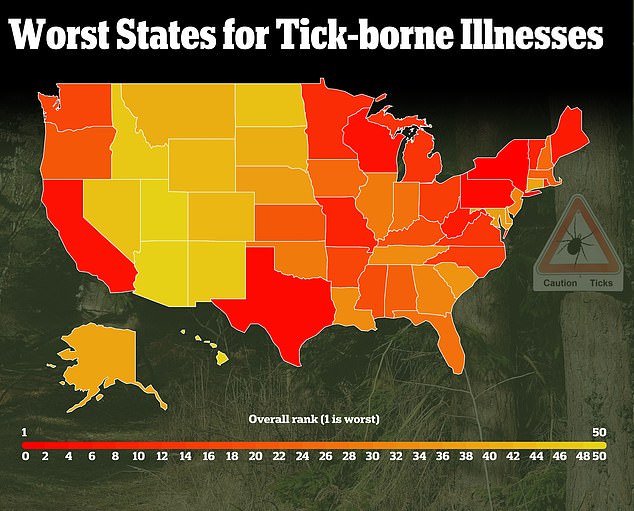Connecticut health authorities reported the first evidence of the invasive longhorned tick (Haemaphysalis longicornis) infection with Ehrlichia chaffeensis in the US causing HME. Since its initial discovery in the US in August 2017, the longhorned tick has expanded into at least 21 states, primarily in the east and northeast, as well as the District of Columbia. Symptoms of HME can start with a sudden high fever, headache, muscle aches, chills, and a general feeling of weakness and fatigue within a few weeks after initial infection. In some individuals, symptoms may progress to include nausea, vomiting, diarrhea, weight loss, and/or confusion. If not treated quickly, HME can lead to life-threatening symptoms, such as kidney failure and respiratory insufficiency in some cases. There is no vaccine to prevent ehrlichiosis.
Per the CDC, the number of people diagnosed in 2022 with tick-borne diseases in the US rose to 62,551. In the previous decade, infections averaged about 33,000 a year. With climate change raising temperatures, tick populations have expanded into new regions and put more people in contact with ticks and their illness-causing bacteria. Source: Link One
